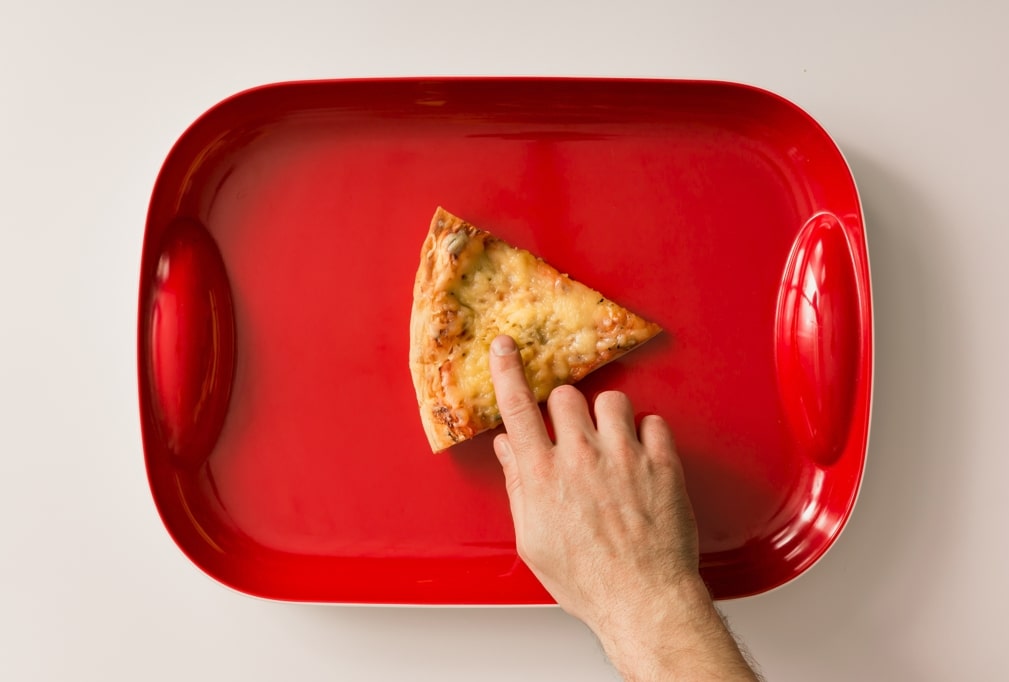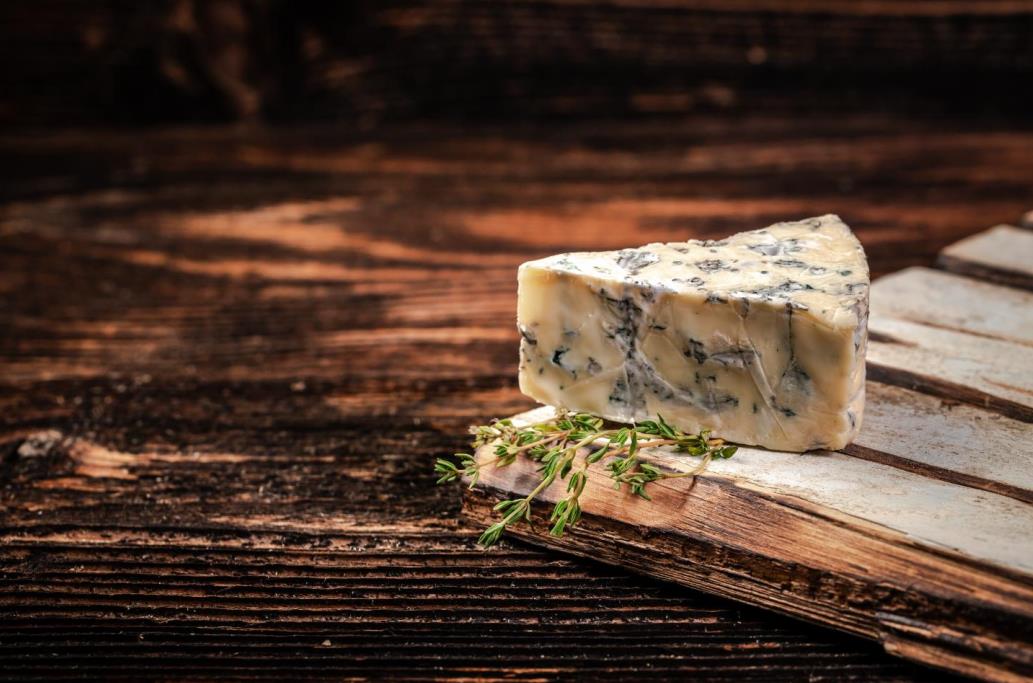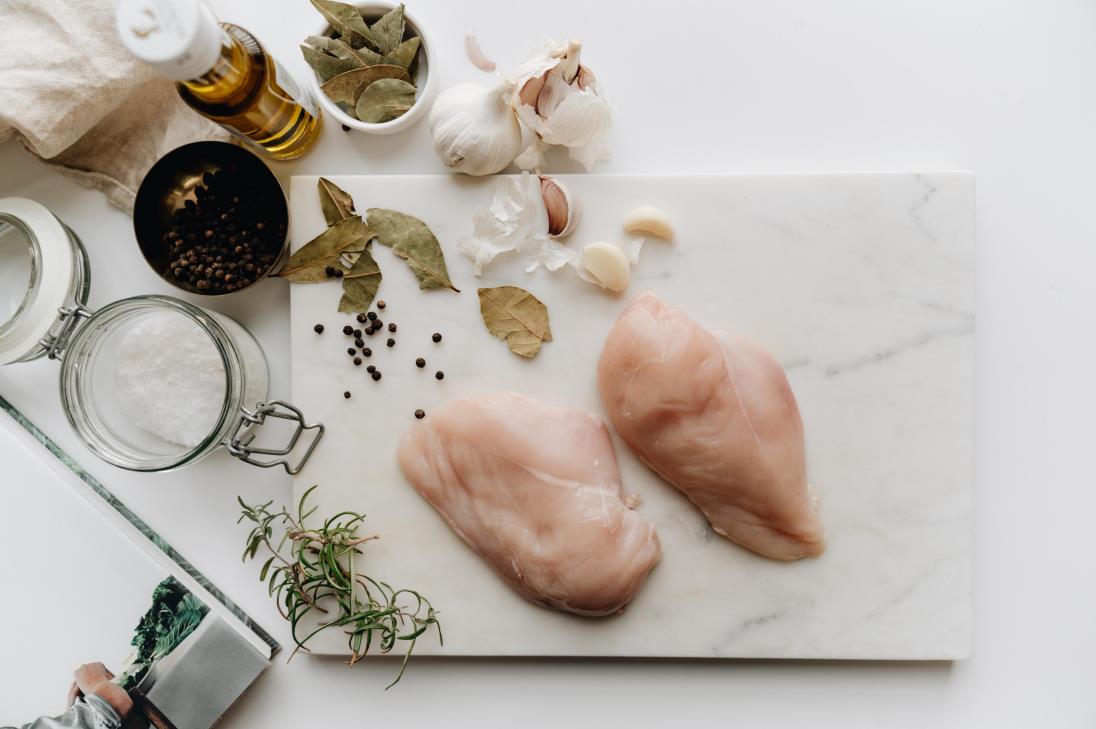Bamboo is one of Nature’s wonder materials; it’s a grass that grows incredibly fast, making it sustainable, inexpensive, and very ecologically friendly.
Are bamboo cutting boards the right choice for your kitchen though? In this article we’re going to dissect bamboo and look at its performance as a cutting board, as well as investigating some other cutting board materials and doing a comparison.
Your cutting boards are integral to your food prep performance and the health of your knives, so it’s important to choose wisely.
Let’s get started!
Table of contents
The pros of bamboo cutting boards
Simply put, bamboo is not the best cutting board material available today, but it does offer some advantages that you need to evaluate for yourself. We’ve listed some of these below:
- Bamboo is aesthetically pleasing, it’s nice to look at. Bamboo cutting boards can come in a range of tones and patterns that add to your home décor.
- Bamboo is eco – friendly, you’re being good to the planet by using bamboo products.
- Because it’s readily available and in large supply, cutting boards made from bamboo are relatively inexpensive.
- You’ll get good durability and wear out of a bamboo cutting board as it’s harder than some traditional woods.
- Bamboo is lighter than cured wood so cutting boards made from bamboo are comparatively easier to lift, move around and manipulate.
Now let’s look at the downsides of bamboo cutting boards, and there are some that you need to bear in mind before purchase!
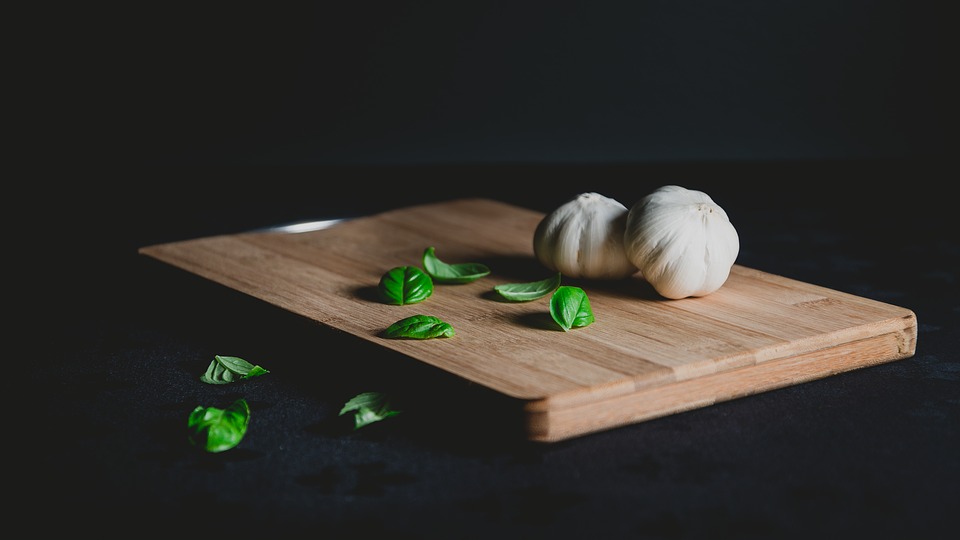
- Cleanliness: Bamboo is a porous (holey) material so dirt and germs can gather!
- High maintenance: the porous nature of bamboo and its likeliness to develop bacteria means that you have to sanitize the board and clean it thoroughly after using. This is onerous and time consuming.
- Oiling. Bamboo also requires oiling for best care, and this can be finicky and a bit messy.
- The hardness of bamboo cutting boards is super for durability, but it can damage your knives because it’s so hard, particularly if the knives are made from softer Japanese steels.
- Silica. Bamboo contains the mineral silica which wears down knife blades.
- Hand wash only! No tossing in the dish washer for bamboo cutting boards.
- Bamboo is uneven in texture, being hard at the nodes and softer in between the nodes. This causes excess wear on your knife blades.
- Splinters: Bamboo will wear in fuzzy bits that may end up in your food. This is gross and unpleasant.
As you can see from our lists above, bamboo offers more cons than it does pros, so it’s best kept as a board you keep either for show or that you use very lightly.
If you own a bamboo cutting board though or still think you’d like to add one to your cutting board family, let’s look at caring for bamboo cutting boards!
Handpicked for you
True cutting power in the palm of your hand
Caring for a bamboo cutting board
Washing a bamboo cutting board
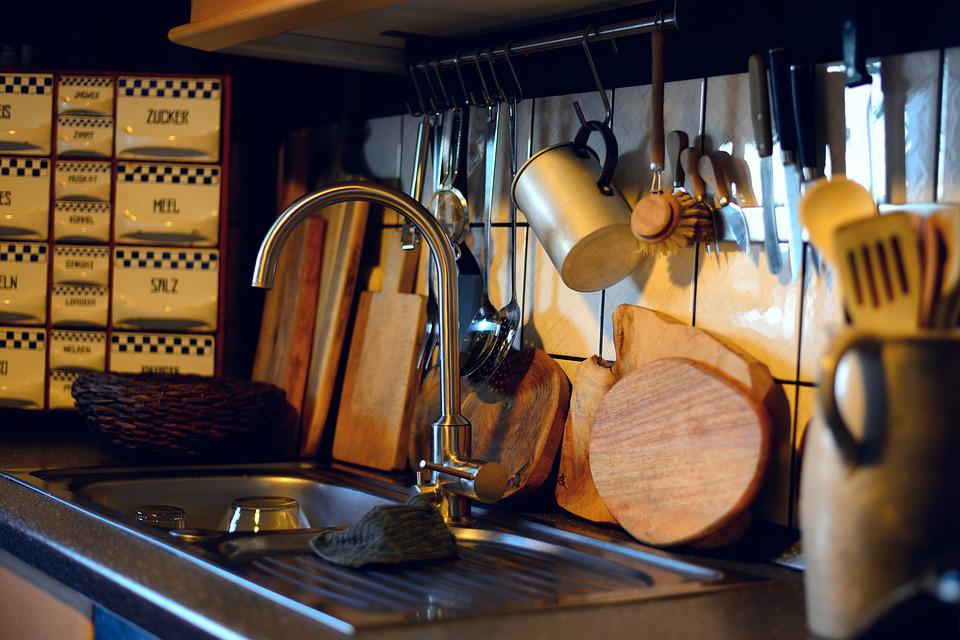
Because bamboo absorbs moisture, you don’t want to leave it sitting in the sink or put it into the dishwasher.
Wash bamboo cutting boards thoroughly in hot soapy water, then shake off any excess water after rinsing and prop up to dry or dry off well with a cloth. Leave the board to dry away from moisture for 8 hours/overnight before you use it again.
Oiling a bamboo cutting board
Oil the board generously before you use it for the first time by following our instructions below. This initial oiling nourishes the bamboo and will help to prevent it splitting along its seams over time.
- Cover the board once a month in food grade mineral oil.
- Rub the oil into the cutting board with a cloth.
- Let the board sit and absorb the oil overnight
- Remove any excess oil left behind with a dry cloth.
Pro – tip: NEVER use a food oil like coconut or sunflower oil to oil a bamboo or any other cutting board, it will go rancid, start to smell, and breed germs!
Disinfecting a bamboo cutting board
Disinfecting is very important with bamboo cutting boards because of their porous nature.
Pro – tip: Sanitize your board every single time if you’re chopping raw meat on it, this is food safe practice. Also, you should have a dedicated board for cutting raw meats (particularly pork) that isn’t used for anything else.
Either wipe the bamboo board down with spirit vinegar or lemon juice (rinse and dry afterwards) or you can use a diluted bleach solution of 1 tablespoon bleach to 3 cups of water. Rinse and dry thoroughly after using any cleaning solution on your bamboo cutting board.
Wooden cutting boards
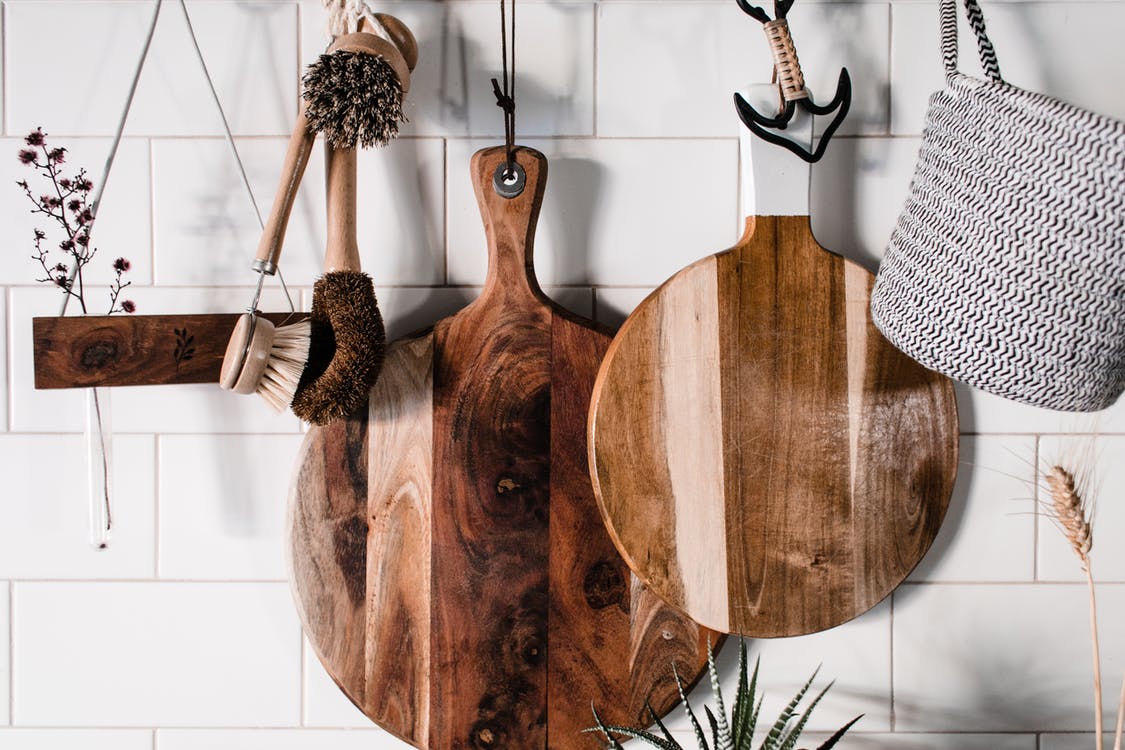
Now that we’ve examined bamboo cutting boards, let’s take a look at wooden cutting boards!
Wooden cutting boards: the pros
- High durability. If cared for properly, a wooden cutting board will last you decades.
- Good looks: wood is so varied in color and different grain patterns that it’s a beautiful material to have in the kitchen.
- Sanitary. Wood has been found to be bacteria resistant and some woods are even anti – bacterial.
- Wood is kind to knives generally speaking so will less likely dull your blades.
- Inexpensive. Wood is readily available so cheaper boards can be found if you shop around.
- You’ll be doing the environment a favor and encouraging healthy forestry if you buy wooden cutting boards from sustainable wood suppliers!
Wooden cutting boards: the cons
- Can be heavy and cumbersome to use.
- Not dishwasher friendly.
- Need regular oiling and sanitation, particularly if used for raw meat or exposed to highs in either climate humidity or dryness.
Wooden cutting boards: what you need to know about the grain
Here’s a detailed article on this topic, but very briefly, ask the supplier what grain of wood has been used in the cutting boards you want to buy. Then you can decide which to get based on the info in the table below:
| TYPE OF GRAIN | PROS | CONS |
| End Grain | Durable, gentle on knives and attractive | Need regular oiling, can be expensive |
| Edge Grain | Low maintenance, relatively cheap, easy clean | Can dull knives and will show knife marks |
| Face Grain | Look beautiful, lightweight, and affordable | Softer surface will absorb moisture and show knife impacts |
Our recommendation: Consult our detailed article cited above and buy according to what you cook most often and your budget. Each wood grain will offer something different, so think about what’s best for you.
Plastic cutting boards
The pros
- Lightweight and space efficient
- Inexpensive
- Can be color coded to avoid cross – contamination
- Easy to clean and sanitize and dishwasher safe
- Reasonably gentle on your knife blades if it’s the right type of plastic
The cons
- Quite prone to damage and need replacement now and then
- Will wear down a knife blade quicker than soft wood will
- Not eco – friendly unless made from 100% recycled plastic
Rubber cutting boards
The pros
- Gentle on your knife blades
- Most are anti – bacterial
- Can be heavy enough to sit sturdily on a surface
- Easily cleaned with a variety of cleaning agents
- Stain resistant
- Dishwasher safe
- Won’t hold moisture or germs
- Can be resurfaced by sanding down
The cons
- Can be expensive
- Rubber boards without a stiff core can warp out of shape
- Prone to melt around open flame like a gas burner

To make things even clearer when it comes to choosing YOUR best cutting board material, let’s break the different options down into categories. Then you can decide whether you’re looking for eco – friendly, durability, low cost and so on.
Cutting board materials – a handy table comparison!
| TYPE | COST | KNIFE WEAR | DURABILITY | SANITARY? | MAINTENANCE | ECO – FRIENDLY? |
| Bamboo | Reasonable | Medium | Reasonable | No, needs sanitizing | High | Yes |
| Wood | Cheap to expensive options | Low | High | Yes, still needs sanitizing | Depending on type of wood can be high | Yes, if from sustainable sources |
| Plastic | Cheap | Medium | Reasonable | Yes, still needs sanitizing | Low | Only if 100% recycled plastic |
| Rubber | Expensive | Low | High | Yes | Low | Yes, if natural rubber and sustainably sourced |
| Glass | Cheap | High | Low, can shatter or chip | Yes | Low | Yes, particularly if recycled glass |
From this comparison table it’s clear that overall, wooden cutting boards and their rubber counterparts are the best available today.
However, as with everything it’s a personal decision and you may prefer something like the plastic boards simply to be able to color code and avoid cross – contamination.
In conclusion
We’ve focused on a pretty diverse group of cutting board materials in this article and we hope that our overview has given you the confidence to shop wisely for cutting boards that suit your schedule and your wallet.
As with any product, each has its pros and cons, so it’s recommended to mix it up with boards of 2 or 3 different materials and use these for the jobs they’re specifically best at.
For example: A thick wooden or rubber board for chopping most of your food items, a couple of plastic boards for different raw meats, and a beautifully patterned bamboo board for use as a spare board or for display purposes.
By mixing and matching (please avoid glass cutting boards!) you can get the best out of each and be sympathetic to their strengths and weaknesses.
Do join us again on the blog as we explore fascinating foodstuffs, samurai worthy knife skills and the very best kitchen and knife accessories for your home!








